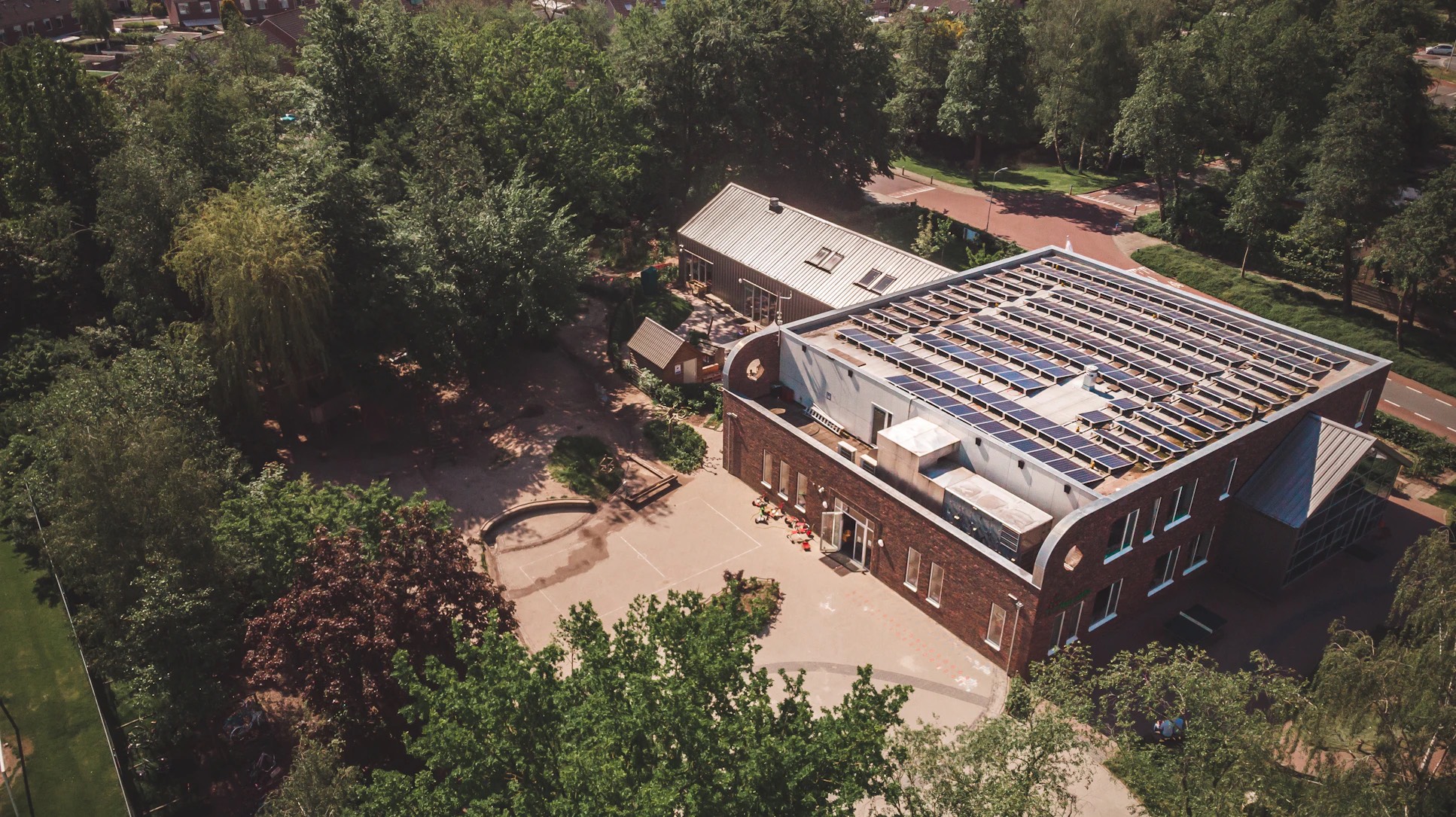By Alexandra Austen, Year 12
Ecologically sustainable architecture is more important now than ever. By 2050, our urban population is predicted to grow by over 50%, requiring more urban construction. By then, air pollution will also have increased and potentially cause 1,126,000 deaths per year. Climate change will also wreak havoc on these growing cities, causing power outages, flooding, and extreme heat waves. To counter this, eco-architecture offers a solution that increases housing and sustainability within our growing cities. Below are four effective eco-architecture solutions being used today.
___
1. Living walls
Living walls or green walls are walls that are covered in plants, and they are perfect for sustainable architecture because they can absorb lots of CO2 while requiring little ground space and can be installed on the exteriors of new or existing buildings. Take Singapore for example, it is home to the Oasia Hotel, a building covered in enough plants to absorb over 10 times the amount of carbon its site ground could absorb. The Oasia Hotel uses red mesh on its exterior allowing climbing plants the ability to grab onto its facade and inhabit its entirety. This clever design is just one of many that greatly reduces the carbon in our atmosphere and purifies our air. Our own campus is fortunate to have some gardens with these plant walls; as a community, I hope we are able to create more living walls and make them a staple of our campus.
2. Algae powered buildings
A newfangled example of sustainable biomimetic architecture (a type of architecture that replicates nature) is using algae as a power source in buildings. The Bio Intelligent Quotient building in Hamburg is a famous example of this. It incorporates micro algae into its facade which generates energy through photosynthesis. The building’s heating and hot water is produced by the algae and it often has excess energy to provide to surrounding buildings. Given that the algae eventually need replacing, the old algae is converted into nutrient-rich food supplements, further reducing waste. This example of biomimetic architecture is an ideal solution to the predicted energy crisis thanks to its built-in sustainable energy generator.
3. Solar panel schools
Schools are one of the most important institutions for society’s development. Therefore, as more families inhabit cities it is important to find ecologically sustainable ways to foster education. The Copenhagen International School’s building is an innovative example of combining sustainable architecture with education. This school is entirely covered by 12,000 solar panels. The teal coloured panels produce 300,000 kilowatt-hours of electricity each year, covering half of the school’s energy consumption. Thankfully, this type of sustainable architecture is being implemented in many countries, as the United States alone has roughly 8,400 schools with solar installations. Additionally, our new Centre Sportif also has solar panels installed on its roof. This is a step in the right direction and hopefully we will get to see more sustainable architecture being implemented in our school from now on.
4. Vernacular architecture
Vernacular architecture was originally designed by indigenous peoples to shelter from regional climates. This type of architecture has gained recognition for its ecological benefits due to its use of locally sourced materials to build homes. Some examples of vernacular architecture include Central American clay homes, Indian rammed earth and mud construction techniques, Vietnamese bamboo buildings, and Ghanaian stone and timber structures. These ancient techniques have been modernized and employed in cases such as the Junoot Eco Resort in Oman to produce sustainable buildings while also providing comfort. Overall, employing indigenous knowledge and materials to construct sustainable homes is one of the most effective ways to reduce construction pollution while accommodating unique environmental factors.
___
As our population and cities grow, it is important to remember that an increase in housing does not mean having to destroy our climate like our predecessors did. In fact, we can contribute to restoring the environment as we provide housing for the ever growing future generations.



